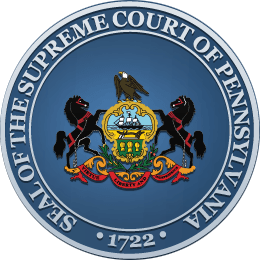Protection Orders
Need help now?
View
Collapse
How to file for a protection order in Pennsylvania
Protection orders can be filed in four easy steps
-
Step 1: Fill out paperwork at your local courthouse
-
Step 2: Review paperwork with a judge
-
Step 3: Judge grants or denies temporary order
-
Step 4: Attend final hearing to obtain final order
Frequently asked questions
-
What is a protection order?
-
What is considered abuse under the law?
-
What if an abuser violates the protection order?
-
What are the types of protection?
-
Where can victims find assistance?
-
How much does it cost to file a protection order?
-
Where do victims go to file a protection order?
Recognizing signs of abuse
Safety Planning
Page resources
- Local court contact information
- Pennsylvania Commission Against Domestic Violence
- Pennsylvania Coalition Against Rape
- Foreign and sign language interpreters
- Bilingual forms
- VIDEO: How to file a PFA
- VIDEO: Learn about the hearing process
- VIDEO: Recognizing signs of abuse
- VIDEO: Safety Planning
- How does the protection order hearing process work?
- 10 Steps for Presenting Evidence in Court
- How to Gather Technology Abuse Evidence for Court




